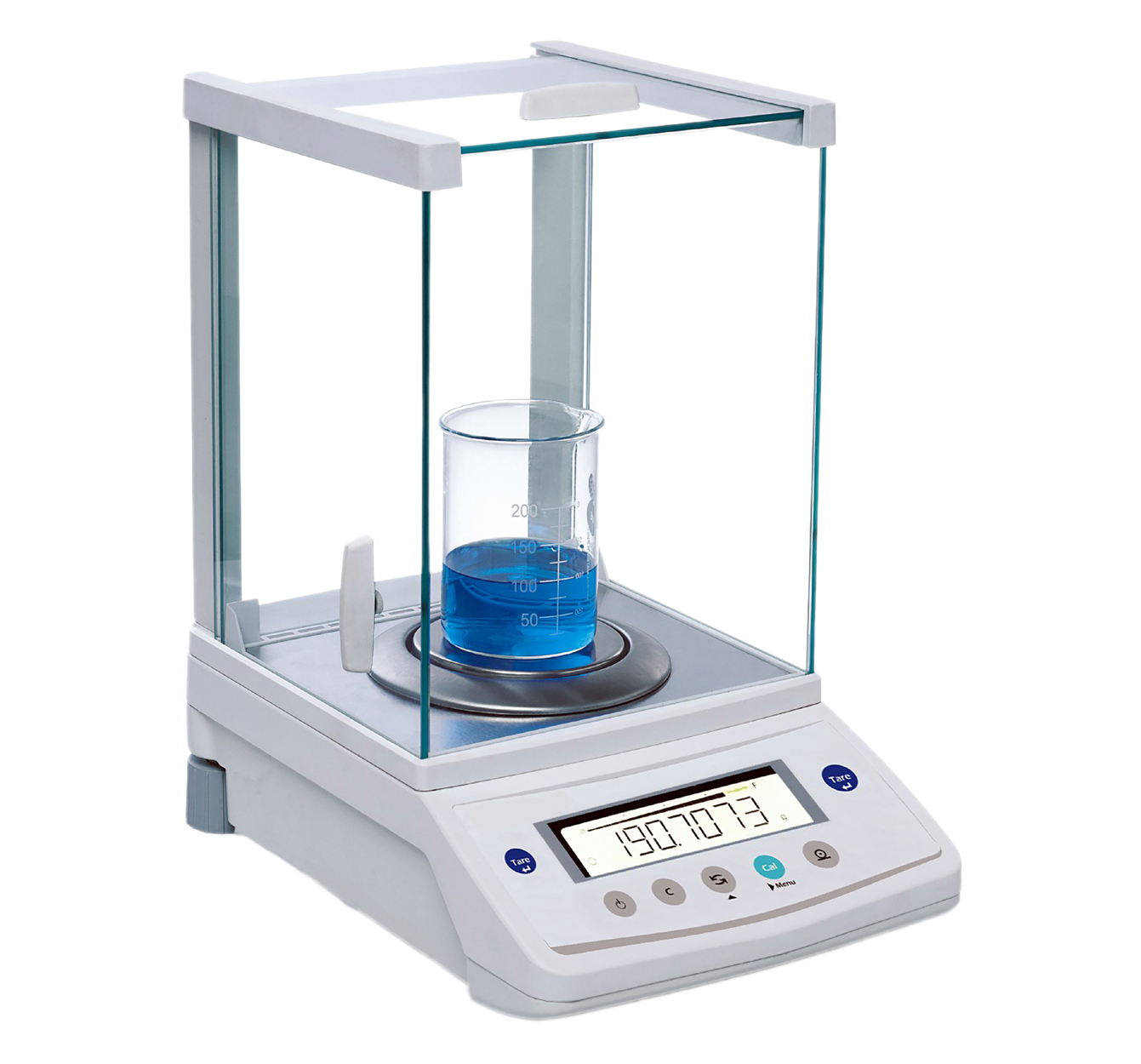High-Tech Balances: The Future of Laboratory Measurements
High-Tech Balances: The Future of Laboratory Measurements
Blog Article

In the world of scientific research and industrial applications, precision is everything. High-precision laboratory analytical balances play a crucial role in ensuring accurate measurements, which can be the difference between success and failure in experiments and production processes. As technology advances, these balances have evolved into sophisticated instruments that offer unparalleled accuracy, reliability, and user-friendly interfaces.
W&J Instrument stands at the forefront of this innovation, specializing in the manufacture and sale of a wide range of electronic balances, moisture analyzers, viscometers, and other essential laboratory instruments. With their commitment to quality and precision, W&J Instrument is redefining what it means to achieve high-quality measurements in the laboratory. As we explore the future of laboratory measurements, it is clear that high-tech balances are poised to revolutionize the way scientists and researchers approach their work.
Advancements in Electronic Balances
The landscape of laboratory measurements has significantly evolved with the advent of high-precision electronic balances. Modern electronic balances now incorporate advanced technologies that enhance their accuracy and reliability. These balances utilize electromagnetic force restoration technology, which minimizes the effects of external influences such as vibrations and air currents, allowing for precise weight measurements even in challenging laboratory environments.
In addition to improved accuracy, the integration of digital displays and smart connectivity has transformed the user experience. Many high-tech balances feature intuitive interfaces that simplify operations, enabling researchers to focus more on their experiments rather than wrestling with complex equipment. Furthermore, wireless connectivity allows seamless data transfer to computers or laboratory management systems, streamlining data management and enhancing productivity.
Another significant advancement is the incorporation of built-in diagnostic tools and calibration features. These functionalities enable users to regularly check the performance of their balances, ensuring consistent and reliable results. Manufacturers like W&J Instrument are at the forefront of these innovations, providing a range of electronic balances equipped with sophisticated features that cater to the diverse needs of laboratories, thereby paving the way for more efficient and accurate scientific work.
Applications of Moisture Analyzers
Laboratory Viscometer Sales and Service
Moisture analyzers play a crucial role in various industries by providing accurate measurements of moisture content in materials. In the food industry, these analyzers are essential for ensuring that products meet quality standards and have the appropriate shelf life. By measuring the moisture content in grains, meats, and dairy products, manufacturers can avoid spoilage and maintain product consistency. This contributes to both safety and consumer satisfaction.
In pharmaceuticals, moisture analyzers are critical for the production of medications. Many active ingredients can degrade or lose efficacy when exposed to moisture. Accurate moisture measurement is vital during the formulation and manufacturing processes to ensure product stability and compliance with regulatory standards. This helps pharmaceutical companies maintain the integrity of their products and ensures the safety of consumers.
Additionally, moisture analyzers find significant applications in the construction industry, particularly in the evaluation of building materials. Wood, concrete, and drywall must have appropriate moisture levels to ensure durability and prevent issues such as mold growth or structural weakening. By utilizing moisture analyzers, construction professionals can make informed decisions about material usage and storage conditions, ultimately contributing to the longevity and safety of construction projects.
Innovations in Viscometers
Recent advancements in viscometer technology have significantly enhanced the accuracy and efficiency of viscosity measurements in laboratories. Modern viscometers now incorporate sophisticated sensors and digital interfaces that allow for real-time data capture and analysis. This innovation not only streamlines workflows but also reduces the potential for human error, making viscosity measurements more reliable than ever before. Furthermore, the integration of software solutions enables users to easily access historical data and visualize trends, facilitating better decision-making.
Another exciting development in viscometers is the move towards portable and compact designs. These innovations have made it possible for researchers and technicians to perform viscosity measurements outside of conventional laboratory settings. With lightweight and battery-operated models, professionals can now conduct field measurements and gather data on the go, greatly expanding the versatility and application of viscometers in various industries, from food and beverage to pharmaceuticals.
Additionally, advancements in materials and engineering have led to the creation of viscometers that can withstand extreme conditions, such as high temperature and corrosive environments. These robust instruments provide laboratories with the ability to measure the viscosity of a wider range of substances, including those that were previously difficult to quantify. The combination of durability and precision in modern viscometer design places W&J Instrument at the forefront of laboratory instrumentation, ensuring that they meet the evolving needs of scientists and engineers.
The Future of Laboratory Instruments
As laboratories continue to embrace technological advancements, the future of laboratory instruments looks promising. High-precision analytical balances, such as those manufactured by W&J Instrument, are evolving to integrate smart technologies that enhance accuracy and efficiency. These advancements facilitate real-time monitoring and data collection, allowing scientists to focus more time on their research rather than mundane tasks.
Moreover, the incorporation of artificial intelligence and machine learning into laboratory instruments will revolutionize the way measurements are taken and analyzed. By utilizing predictive algorithms, high-tech balances will not only provide precise measurements but also offer insights that can lead to improved experimental designs and outcomes. This shift towards automation and smart technology will ultimately streamline laboratory workflows and reduce the likelihood of human error.
In conclusion, the evolution of high-precision laboratory analytical balances represents just a fraction of the broader trends shaping the future of laboratory instruments. As manufacturers like W&J Instrument continue to innovate, researchers will benefit from instruments that not only meet their current needs but also adapt to the increasingly complex demands of scientific inquiry. The integration of advanced features will ensure that laboratories remain at the forefront of discovery and innovation.
Report this page